About The Exhibition
Cowrie shells are an important part of African and Black culture. They have had multiple uses throughout history and always possessed high value. The shells were made into jewelry, hair ornaments, sewn onto prestigious garments, used in religious rituals, and served as protective amulets. Until the late 19th century, they were even used as money. Due to the effects of colonization and the transatlantic slave trade, African Americans were stripped of their connection to Africa. Such a connection was deemed primitive and barbaric, a result of oppression and being placed as inferior in comparison to white people.
Over time, Black people developed a type of caste system against their own race, hating and judging anyone who had African features. This is something that people are biologically born with and cannot change. In today’s society, those with African features are deemed unattractive and unintelligent, whereas people with no African features are deemed attractive and smart.
In the book ‘Twisted: The Tangled History of Black Hair Culture’ by Emma Dabiri, there is a line that says ‘[…] essentially, the hair acted as the true test of blackness’ (Pg. 15), referring to how one could be tested to show if they were truly African. I quite remember as a child when I would go to the braiding shop, the braider would struggle to comb through my hair; many times the comb would break. However, even through all the pulling and yanking, my hair was and still is resilient and strong, just like the cowrie shells and my connections to the past.
These cowrie shells are like a portal/window to the past. A time when Black or African hair was a sign of one’s social status and culture, a time when hairstyle was a major part of one’s identity. My work shows the shared struggles we faced as Blacks and Africans, the pain of being forced to lose a major part of who you are. To this day, a lot of young Black men and women still struggle to love their hair or themselves. With my work, I want to show those individuals that it’s okay to love yourself. It’s okay to love your dark skin, your nappy hair, your good curly, your bad curly, your Black lips, or your big or small nose. I want young girls and boys to know it’s okay to love yourself for who you are and instill in them a saying I’ve heard, ‘Your Hair is Your Crown and Glory.’
CITATION:
‘Good Hair’ and Other Dubious Distinctions is a 2011 documentary film directed, written, and edited by Camille S. Debose.
‘Twisted: The Tangled History of Black Hair’ by Emma Dabiri
Tour The Exhibition
You can find exhibition dates, gallery hours, and directions to the Arts Council here.
EXHIBITION DATES: February 8, 2023 – March 7, 2023
RECEPTION DATE: February 8th from 6pm – 8pm
GALLERY HOURS: Monday – Thursday from 12pm – 4pm
In-person tours available by appointment.
GALLERY LOCATION: 215 North Jackson Street Albany, GA 31701
